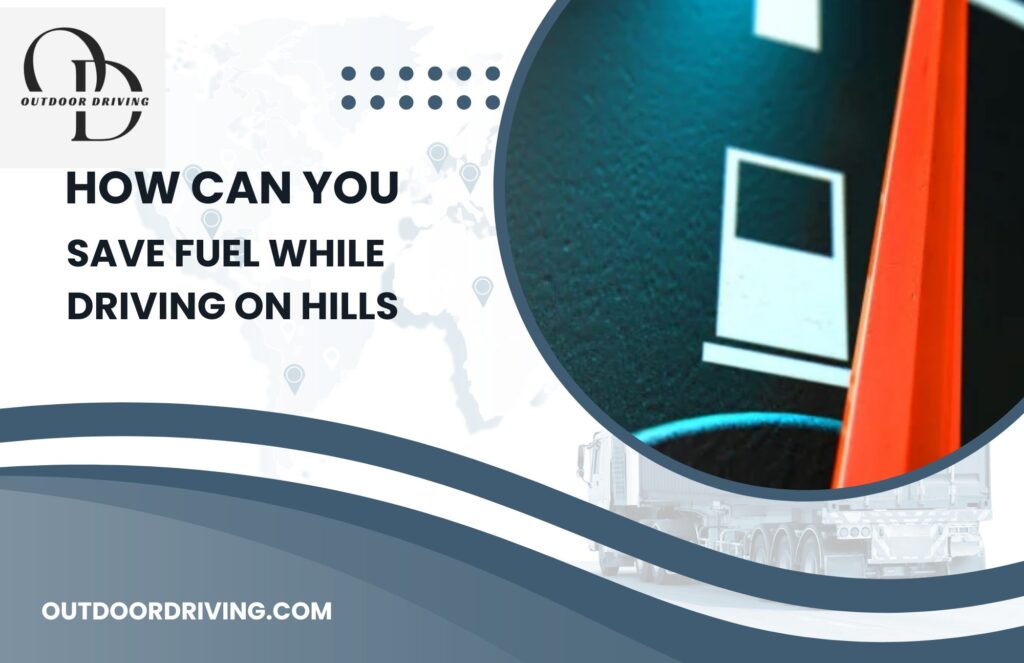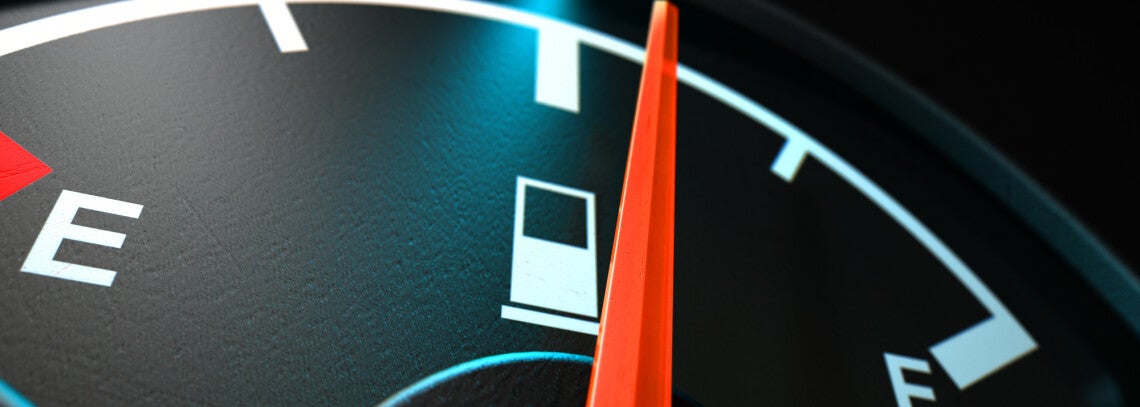Last Updated on March 24, 2023 by tawhid

Hills are a pain when it comes to driving, and they can be even more of a pain when you’re trying to save fuel. But there are a few things you can do to help improve your fuel efficiency while driving on hills. First, make sure your tires are properly inflated.
This will help reduce rolling resistance and improve your gas mileage. Second, avoid braking unnecessarily. If you can coast down the hill instead of braking, you’ll save fuel.
Finally, use the highest gear possible when going up a hill. This will help keep your engine from working too hard and using too much fuel.
There are a few things you can do to help save fuel while driving on hills. First, avoid accelerating too quickly when going up a hill. This will use more fuel than necessary and could cause your vehicle to overheat.
Instead, maintain a moderate speed and gently press the accelerator as needed. Secondly, try to coast downhill whenever possible. This means taking your foot off the gas and letting gravity do its work.
This can help you save a significant amount of fuel, especially if you’re going down a long or steep hill. Finally, make sure your tires are properly inflated. This will help improve your gas mileage and also reduce wear and tear on your tires.
You Need to Maintain Steady Pressure on the ______________ to Activate Abs.
There’s no doubt that having strong abs is important for both aesthetics and functional purposes. But in order to really reap the benefits of having strong abs, you need to be able to maintain steady pressure on them throughout the day. This can be a challenge, especially if you have a sedentary job or lifestyle.
But there are some things you can do to make it easier.
First, try to find ways to move more throughout the day. Even simple things like standing up every 20 minutes or taking a brisk walk during your lunch break can make a big difference.
Additionally, try doing some ab exercises regularly – even just a few minutes each day can help strengthen your core muscles and make it easier to maintain pressure on them.
Finally, remember that it takes time and consistency to see results. So don’t get discouraged if you don’t notice an immediate change – keep at it and eventually you’ll start seeing (and feeling) the benefits!

Credit: www.jimhudsonfordlexington.com
How Can We Save Fuel While Driving?
There are many ways to save fuel while driving. One way is to avoid rapid acceleration and braking. Both of these actions use more fuel than necessary.
Another way to save fuel is by keeping your car well-maintained. This includes ensuring that your tires are properly inflated, as well as getting regular tune-ups for your engine. Finally, you can also save fuel by planning your routes ahead of time so that you can avoid traffic congestion.
Does Driving Up Hills Use More Gas?
The answer to this question is a bit complicated. It depends on the car, the terrain, and the driver.
If you have a car with a manual transmission, then driving up hills will definitely use more gas.
This is because you’ll be revving the engine more to get up the hill, and thus using more fuel.
However, if you have an automatic transmission, then it’s a bit less clear. If you’re just cruising up a hill without accelerating too much, then your car will probably use less gas than if you were going flat out on the highway.
However, if you’re flooring it to get up a steep hill, then you’ll definitely be using more gas.
Ultimately, it comes down to how you drive. If you’re constantly revving your engine and going full throttle everywhere you go, then yes – driving up hills will use more gas than driving on flat ground.
But if you take it easy and don’t push your car too hard, then chances are good that hills won’t make much of a difference one way or another.
Is It Better to Go Fast Or Slow Up a Hill?
There isn’t necessarily a right or wrong answer to this question – it depends on the person and the situation. Some people might find that they can generate more power by going fast up a hill, while others might find it more effective to go slower and maintain a steadier pace. Ultimately, it’s important to experiment and see what works best for you.
That said, there are some general guidelines that can be helpful. If you’re struggling to make it up a hill, it might be worth trying to go slower and focus on maintaining your form. This will help you conserve energy and avoid getting too tired too quickly.
On the other hand, if you’re finding that you have plenty of energy and you’re not really breaking a sweat, then speeding up might help you challenge yourself and push your limits.
Ultimately, the best way to figure out what works best for you is to experiment. Try different speeds on different hills and see how your body responds.
Pay attention to how you feel afterwards – do you feel exhausted or invigorated? By paying attention to these things, you’ll start to get a better sense of what works best for you personally.
Do You Save Gas Going Downhill?
There’s a common misconception that you can save gas by coasting downhill – but this simply isn’t true. In fact, you’ll actually use more gas coasting downhill than you would if you just let your car roll without depressing the accelerator.
Here’s why: when you’re going downhill, your car’s engine is working harder than usual to keep the vehicle moving forward.
That means it’s using more gas, not less. So even though you’re not pressing down on the accelerator, your car is still burning through fuel.
There are some situations where letting your car coast might help you save a bit of gas.
For example, if you know there’s a stoplight ahead and you’ll be stopping anyway, coastsing up to the light willsave you from having to brake and then accelerate again when the light turns green. But in general, coasting downhill won’t do much for your gas mileage.
How I save fuel going up hills
Conclusion
There are a few things you can do to help conserve fuel while driving on hills. First, avoid braking unnecessarily by using a lower gear to control your speed. Second, try to maintain a steady speed when going up hill – don’t accelerate too quickly or you’ll use more gas.
And finally, take advantage of gravity by coasting downhill whenever possible. By following these tips, you can help save both fuel and money next time you’re out driving on hills.
